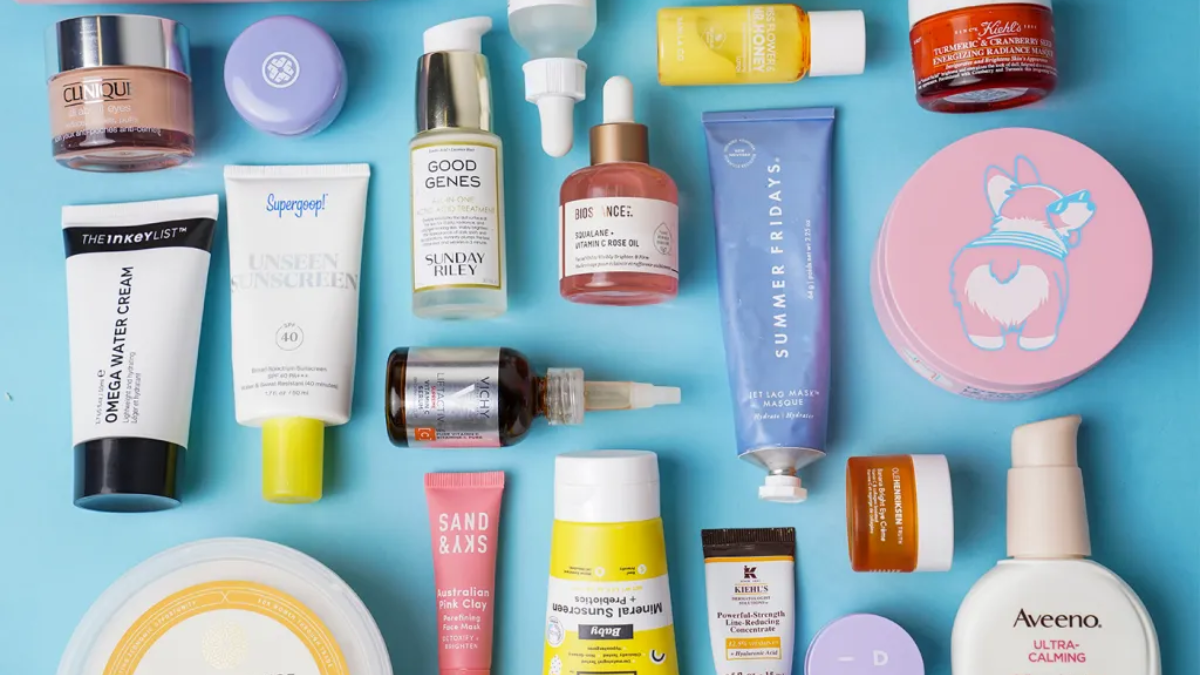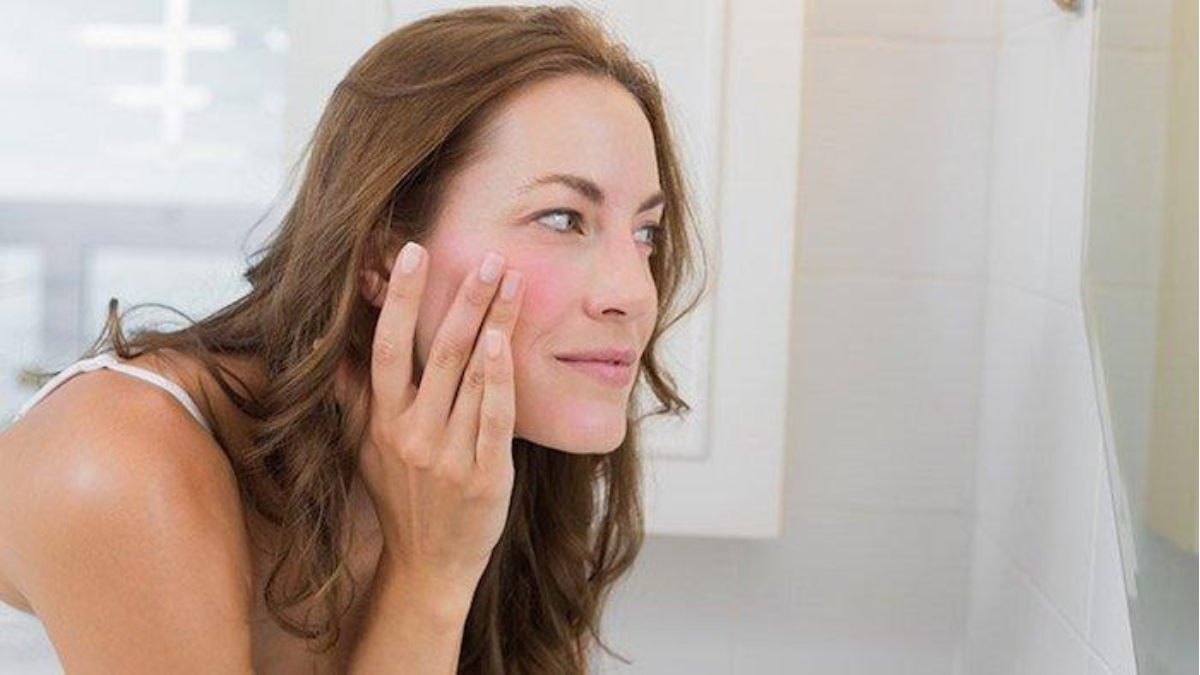
When it comes to skincare and makeup, most people don’t think twice about the ingredients listed in tiny fonts on product labels. But a new study published on May 7, 2025, in Environmental Science & Technology Letters is turning heads—and not in a good way. It reveals that many popular beauty and self-care products contain cancer-causing chemicals, putting millions of women at risk under the misleading promise of self-care and beauty enhancement.
Table of Content:-
The Hidden Threat Behind Your Skincare Shelf
The study focused on women’s weekly beauty routines and the products they commonly use, such as moisturisers, shampoos, conditioners, lotions, mascaras, eyeliners, skin-lightening creams, and even eyelash glue. Participants were asked to photograph the ingredient lists on their personal care products used at home. Shockingly, over half of the women involved—53%—were found to be using items that contain formaldehyde or formaldehyde-releasing preservatives.

Formaldehyde, a potent preservative known for its use in embalming fluid, is classified as a human carcinogen by the International Agency for Research on Cancer (IARC). It is known to cause cancer when exposure is consistent and prolonged. And yet, it continues to show up in everyday beauty items designed for regular use.
Also Read: Can’t Stop Craving Chips? Aldosterone Imbalance Might Be to Blame
Why Formaldehyde Is Still Around
Despite its well-documented health risks, formaldehyde continues to be used in the cosmetics industry due to its strong preservative properties. It helps extend the shelf life of products by preventing microbial growth, making it a staple in the manufacturing process. Unfortunately, this convenience comes at a significant health cost.
View this post on Instagram
Consumers may not even realise they’re being exposed to it, as the chemical is often present in the form of “formaldehyde-releasing agents” like DMDM hydantoin, quaternium-15, and imidazolidinyl urea. These ingredients slowly release formaldehyde over time, and are not always clearly labelled as such, leaving consumers unaware of the danger.
Also Read: Eat Your Way To Younger Skin? Recent Review Uncovers Foods That Fight, And Fuel Ageing
Unequal Exposure: A Racial Disparity
One of the most concerning aspects of the study was the disparity in exposure based on race and ethnicity. Black and Latin women were found to be more likely to use products that contain higher levels of formaldehyde, particularly hair straighteners, relaxers, and dyes. These beauty routines, often shaped by societal beauty standards, may be contributing to a higher incidence of hormone-related cancers among these groups.

The study suggests a possible link between the elevated use of formaldehyde-laden products and the disproportionately high rates of breast, uterine, and ovarian cancers in Black women compared to their white counterparts. The issue isn’t just about personal choice—it reflects deep-rooted systemic inequalities in marketing, access to safe products, and cultural beauty norms.
Beyond Hair Products: A Broader Concern
While formaldehyde in hair relaxers has already been flagged in earlier research, this new study expands the scope of concern to include a broader range of personal care products. Many of these items are applied directly to the skin and used daily—leading to frequent and ongoing exposure that increases the potential for harm.

These findings are a wake-up call for both consumers and regulators. Despite growing awareness about clean beauty and safer ingredients, harmful chemicals like formaldehyde remain legal and widespread in the market.
Bottomline
The idea of self-care is supposed to be about nurturing your body and mind. But if the products used in these routines are silently putting health at risk, then the very foundation of this concept needs a rethink. Experts urge consumers to read labels carefully, opt for products that disclose their ingredient lists transparently, and choose brands that are committed to non-toxic formulations. In the meantime, stronger regulation and better industry oversight are needed to protect public health. Until then, what we apply to our bodies in the name of beauty may continue to come with hidden—and potentially deadly—consequences.
Also watch this video
How we keep this article up to date:
We work with experts and keep a close eye on the latest in health and wellness. Whenever there is a new research or helpful information, we update our articles with accurate and useful advice.
Current Version
